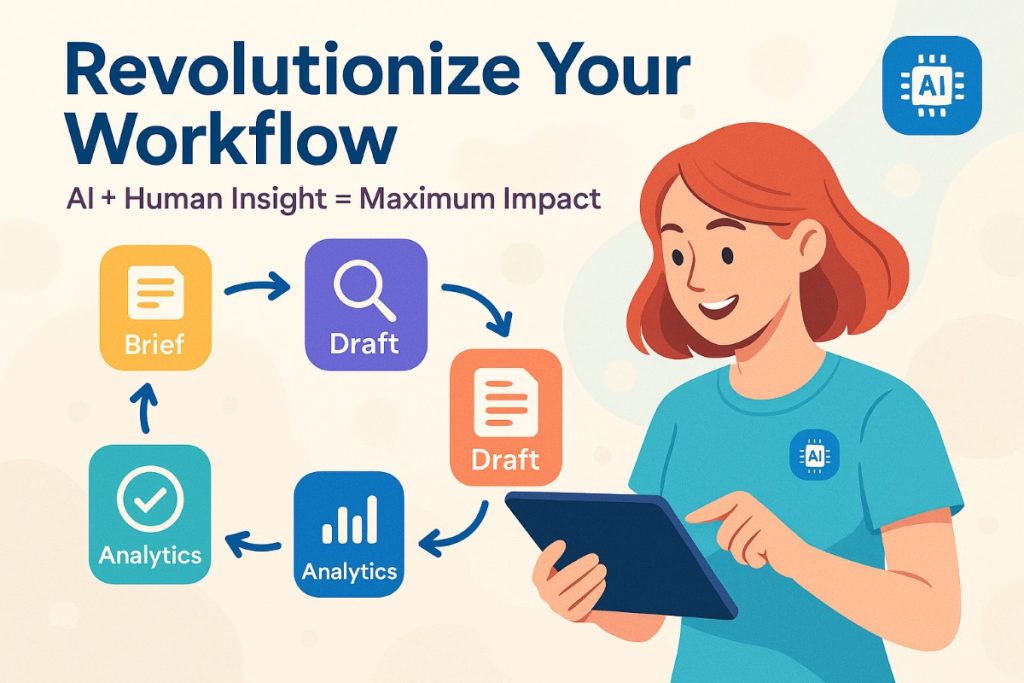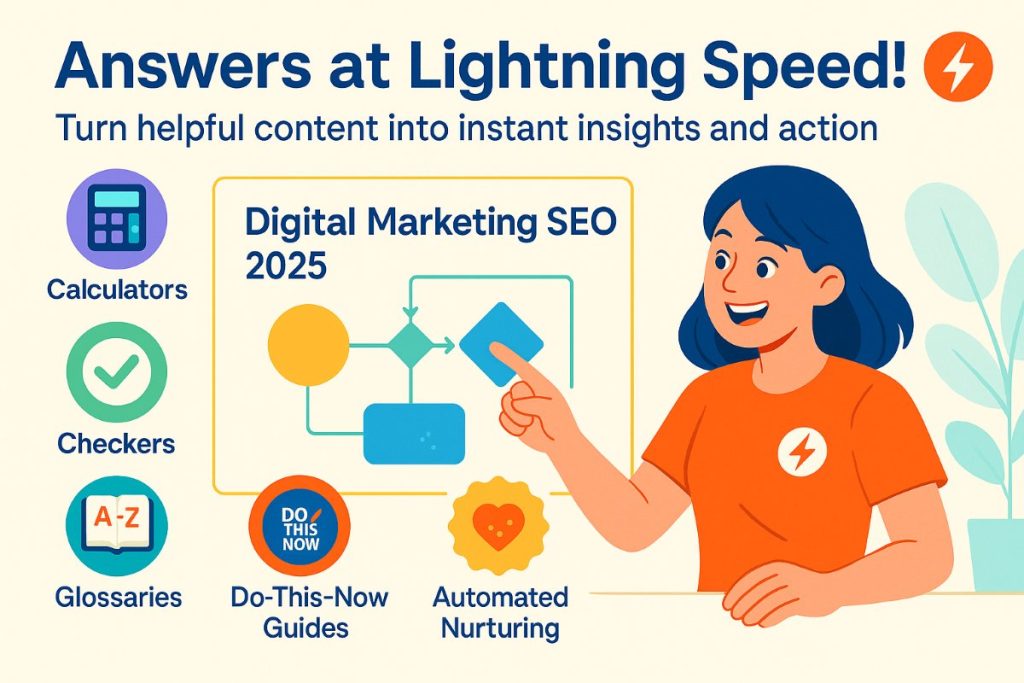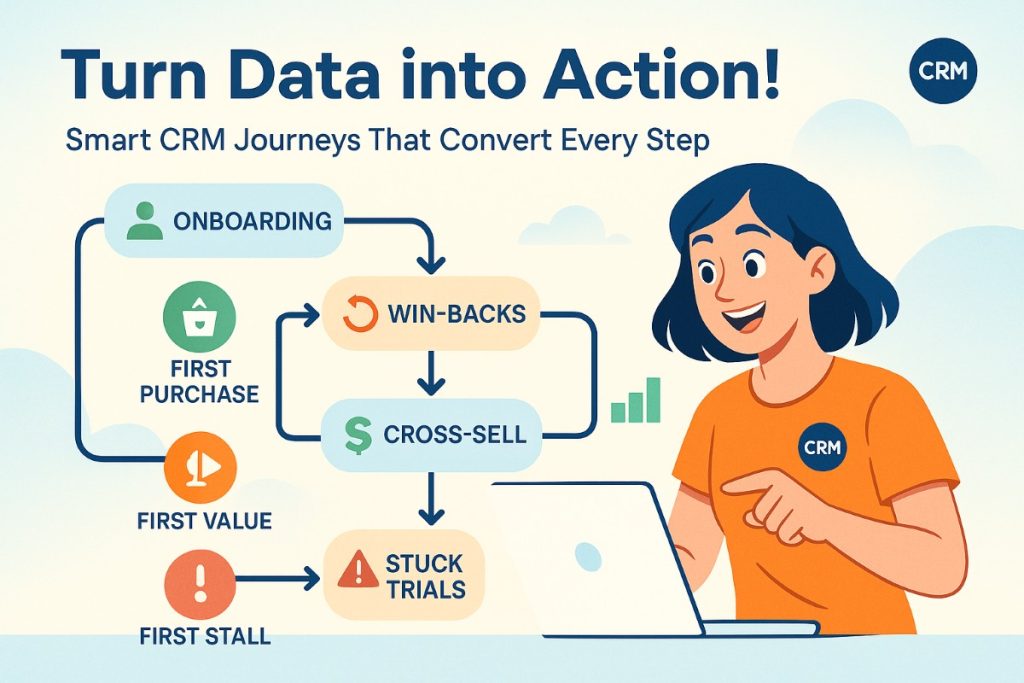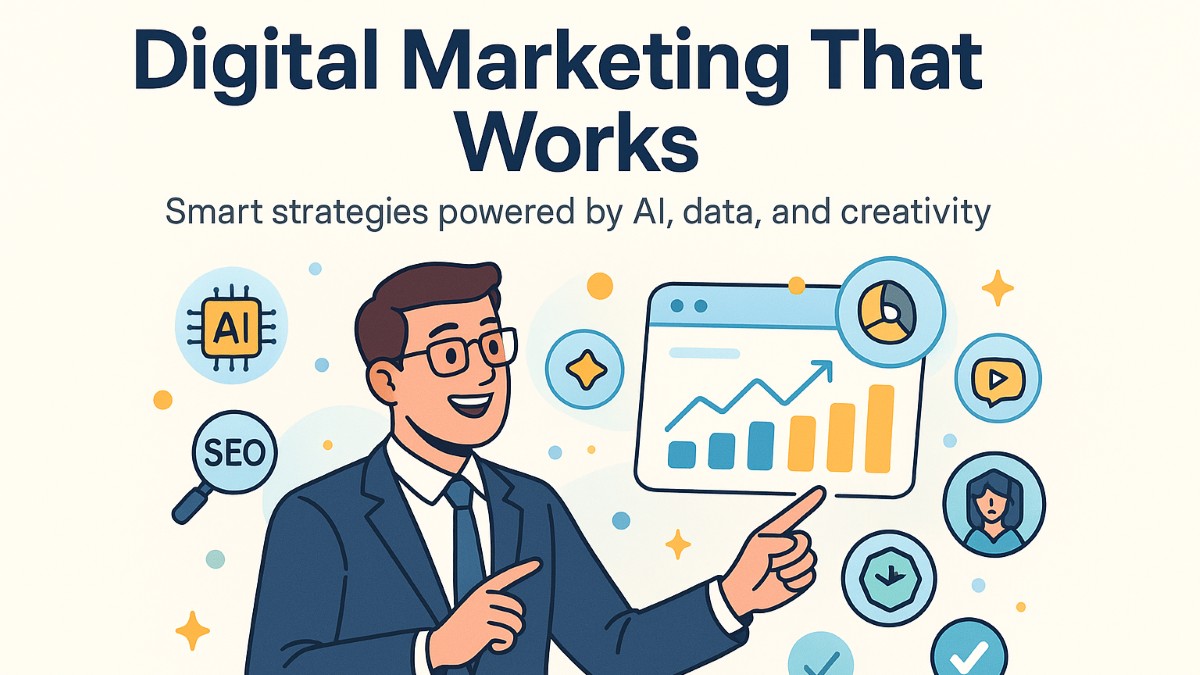If 2023–2024 felt like the warm-up for AI and privacy-first growth, 2025 is the year digital marketing trends get loud. Brands are shifting from experimentation to execution, and the winners
If 2023–2024 felt like the warm-up for AI and privacy-first growth, 2025 is the year digital marketing trends get loud. Brands are shifting from experimentation to execution, and the winners are building boringly reliable systems that compound.
We spoke with DesignRush experts about what’s actually working, and their take lined up with what we’re seeing across clients: fewer random acts of marketing and more integrated playbooks.
Below are the trends to watch, along with pragmatic steps to take action on today.
1. AI Changes Workflows

The biggest change isn’t that marketers use AI (they’ve done that for a while now). It’s that they’re redesigning how work flows around it.
Teams are baking AI into briefs, research, draft generation, QA, and analytics, then freeing humans for judgment calls and brand voice. In McKinsey’s 2025 survey, large organizations report re-architecting processes and assigning senior leaders to AI governance because that’s where the bottom-line impact is most evident.
If your AI usage still ends with asking a chatbot for headline ideas, you’re leaving money on the table. Start documenting your content supply chain and decide exactly where AI augments each step. Try to formalize prompts and style guides inside a shared doc, then route AI outputs through human brand editors before publishing.
2. SEO Focuses on Direct Answers

Between AI-enhanced SERPs and platform search (TikTok, Reddit, Amazon), people expect answers fast. You still need classic SEO, but 2025 rewards calculators, checkers, glossaries, and “do-this-now” guides more than generic listicles.
If you’re planning this shift, make sure your internal plumbing can support it. For example, evergreen “how it works” pages and structured resources pair beautifully with automated nurturing. Check out our take on marketing automation strategies. It shows how to turn helpful content into timely follow-ups, so people hear from you right when they’re ready.
3. Retail Media Goes Mainstream

Marketplaces are transforming into ad platforms with rich first-party data. Global ad spend continues to climb, with digital channels driving the majority of growth. Estimates for 2024 totaled close to US$1.1 trillion in total advertising, a trajectory that shapes 2025 budgets.
Even if you don’t sell on Amazon or Flipkart, retail media thinking matters. Test high-intent placements and treat them like you treat branded search, which means going heavy on incrementality testing and creative refresh.
4. Creators and Communities Beat Cold Reach
Paid still matters, but community-led distribution is more cost-effective and sustainable. In a cautious ad market, brands that blend creator partnerships with owned communities get resilience and better CAC.
Treat creators like product managers for attention: involve them early and let them shape angles.
5. First-Party Data and CRM Storytelling Make a Comeback

As targeting narrows, CRM becomes your performance channel. In 2025, leaders are revamping lifecycle journeys with plain-spoken copy and predictive triggers—check out our guide on essential tools for startups to see software that can support these efforts.. Monthly newsletters make way for micro-playbooks for onboarding, stuck trials, win-backs, and cross-sell nudges.
If you need inspiration, audit the moments that matter in your funnel, such as the first purchase, first value, and first stall. Then map a three-message sequence for each. Tie it to your on-site utilities (see Trend #2) so learning turns into leads.
6. Transparency About AI Earns Trust
People are into AI, but they’re also cautious. Surveys show that when companies explain what AI does and why it helps the customer, trust goes up. So, the message for marketers is simple: don’t hide the robot, explain it.
Add a “How we use AI” section to your product and privacy pages. Describe guardrails, human oversight, and opt-outs in regular words. Then mirror that clarity in your ads and emails.
How to Put This All Together
Start with three moves:
- Build your durable content utility. Choose one problem your audience googles every day and turn it into a living resource, like a template or calculator. Pair it with a short explainer article and a 60-second walkthrough. Route visitors into a minimal nurture path that respects consent and delivers value before the sell.
- Make AI part of the routine. Spell out the steps, then let AI draft and humans edit. Put one person in charge of prompts and brand rules so output stays consistent.
- Rebuild measurement for 2025 reality. Ship server-side tracking and run one holdout or geo-split test per quarter. Treat modeled conversions as indicators, not gospel.
Final Word
Trends are useful only if they help you make better bets. The common thread across 2025’s winners is operational excellence, which relies on consistent content utilities, trustworthy data practices, and AI that speeds up the right parts of the job while humans protect taste and ethics.
Pair that discipline with a habit of small tests and fast learning, and your marketing will compound long after the buzzwords fade.
Respond to this article with emojis






